 Brandinfo
Brandinfo
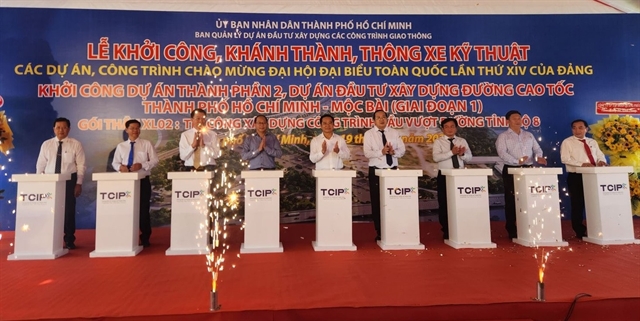
When landing in the heart of Hanoi, gastronomic guests will experience a remarkable gastronomic highlight thanks to Michelin star chef Junichi Yoshida's "rigorous" standards of quality and style of Teppanyaki cuisine at Koki restaurant at Capella Hanoi Hotel.
On July 21, Sun Hospitality Group, one of Sun Group Group's resort brands, formally debuted Koki restaurant, Capella Hanoi, which features the renowned Teppanyaki culinary art from Japan, Teppanyaki, entering the "Top 100 Best New Hotels in the World."
Teppanyaki, commonly referred to as the "party of the five senses" is only one aspect of Koki that sets it apart from other restaurants. Junichi Yoshida, a renowned Japanese chef with a Michelin star, also developed the restaurant's culinary art style.
Koki restaurant's "conductor" is incredibly passionate about Teppanyaki and the dishes he brought to Hanoi as part of this partnership with Capella and Sun Hospitality.
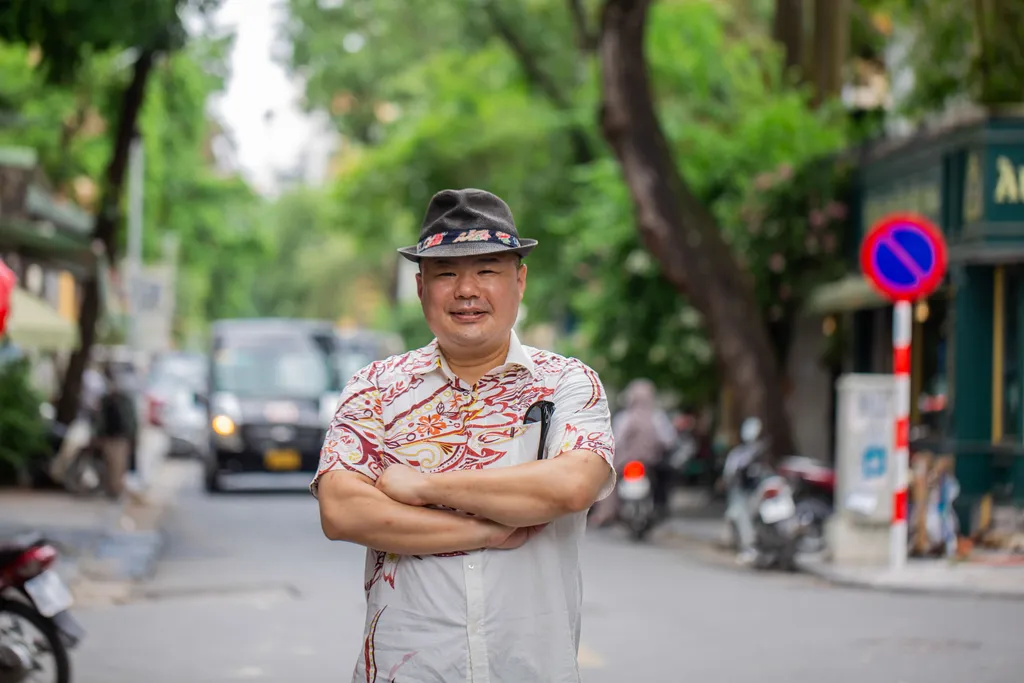 |
| Michelin star chef Junichi Yoshida tastes Vietnamese cuisine |
{ "id": "3c2jRZeHgG", "type": "myToolImages", "data": { "data": "" } }
Welcome. How many times have you been to Vietnam before? What cuisine in Vietnam, and particularly Hanoi, impresses you?
I have never been to Hanoi before.
Vietnamese waiters in Ishigaki Yoshida restaurant frequently serve me authentic Vietnamese food, including fish sauce and chilli sauce. I visited Vietnamese restaurants in Tokyo before travelling to Vietnam since I was also very interested in Vietnamese food and wanted to try delicacies like Bun Cha or balut.
When first setting foot in Vietnam, I tried Cha ca. I respect how the Vietnamese combine spices to make it more flavorful and delectable. In future trips, I want to be able to sample more Vietnamese delicacies.
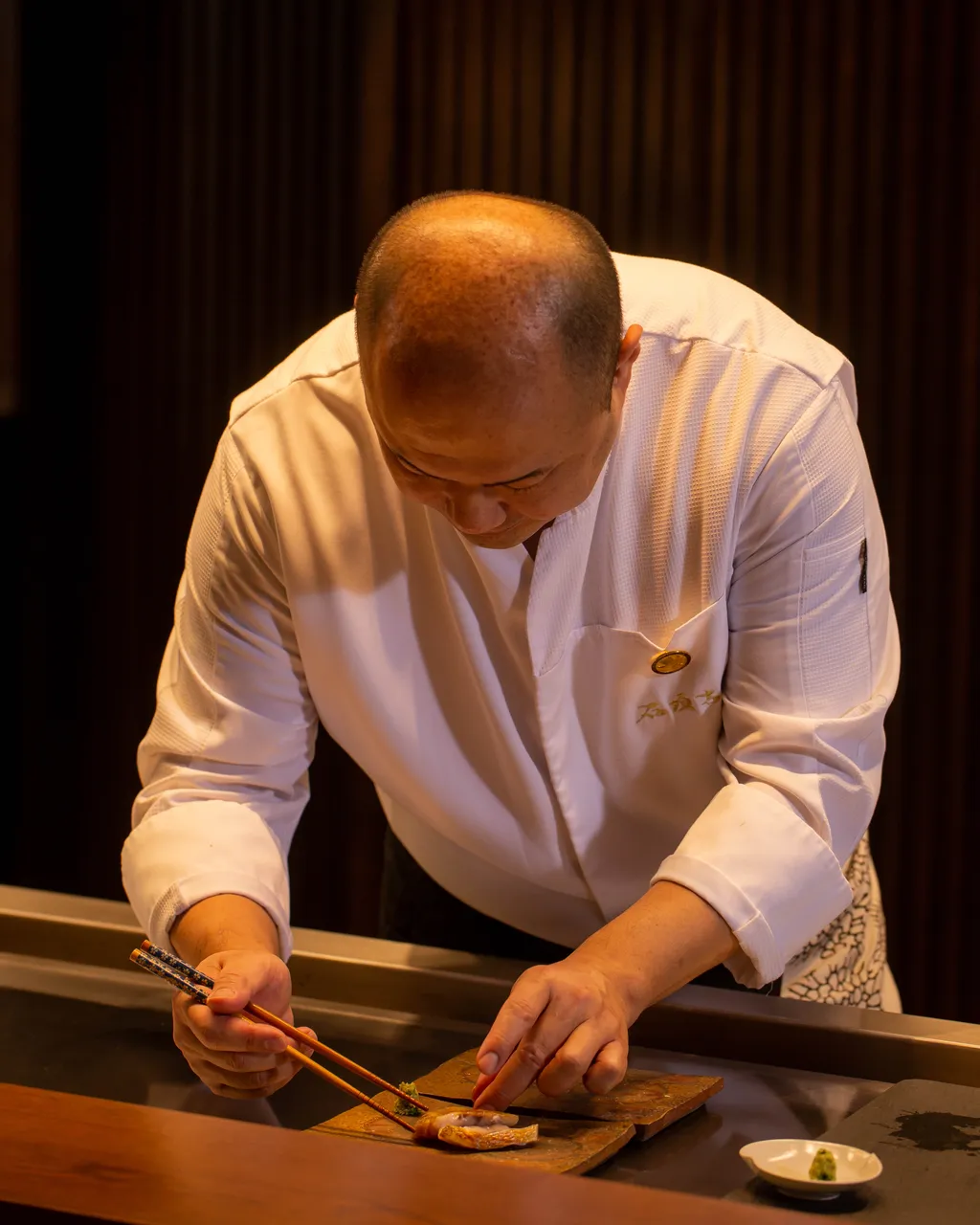 |
| Diners need 2 - 3 hours for a Teppanyaki meal |
{ "id": "fon928iQ6Q", "type": "myToolImages", "data": { "data": "" } }
Teppanyaki is naturally regarded as a special form of Japanese cuisine. So, could you kindly tell us the approximate time required to prepare a Teppanyaki dish? What skills must a chef possess to serve the best Teppanyaki dishes?
Diners should budget between 2 and 3 hours for their meal if they want to enjoy it at the Teppan table. Diners get to see the fresh ingredients used in the meal before the chef starts cooking, and they can watch as the dish is prepared.
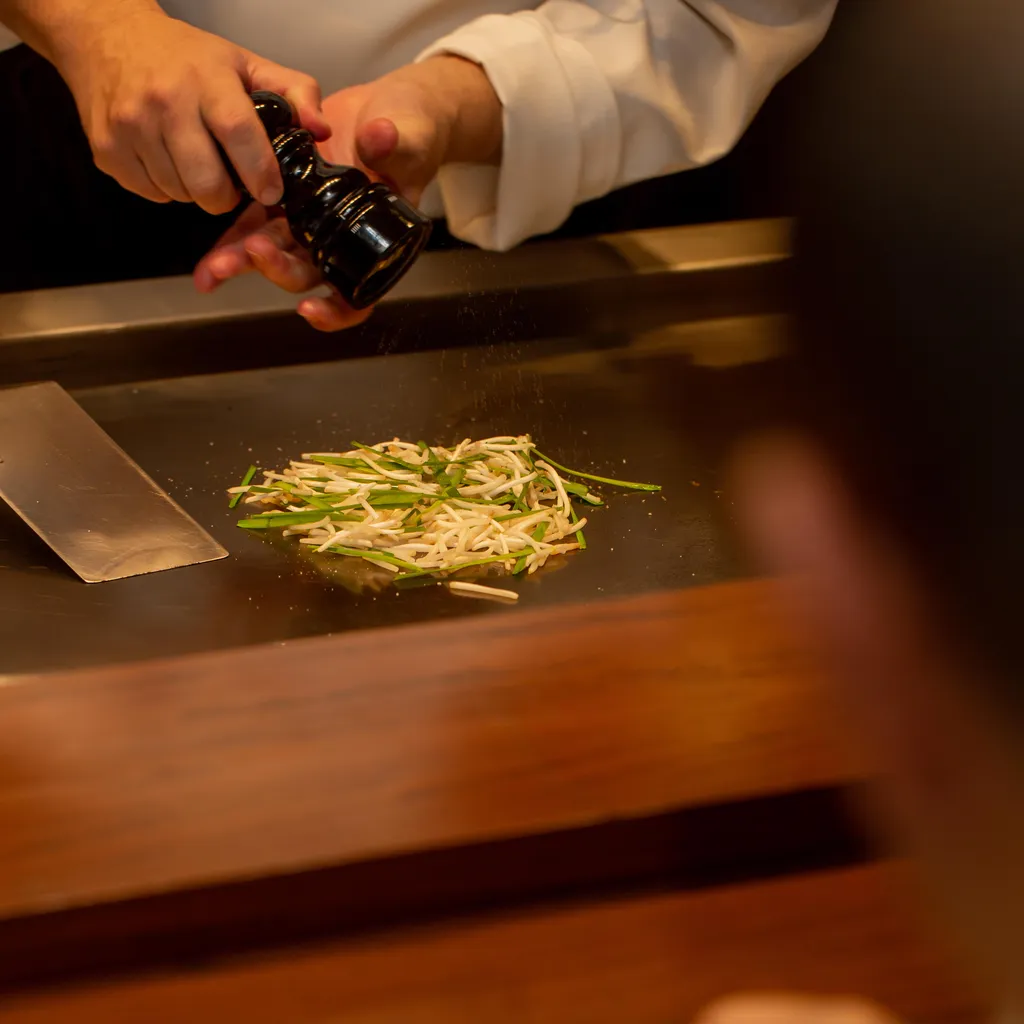 |
{ "id": "IpEpEG6zrc", "type": "myToolImages", "data": { "data": "" } }
The hardest part of preparing a dish on the Teppan table is controlling the temperature, dish condition, seasoning, etc., which requires the chef to have in-depth expertise.
Additionally, the most crucial aspects of a Teppanyaki dish are that it be delivered to each visitor with the proper portion, at the proper temperature and time. A Teppan chef must, therefore, be able to observe his customers in addition to using cooking methods and handling ingredients to ensure that the dish is prepared to fulfil both the taste and pace of diners. There won't be a routine until you start serving your guests.
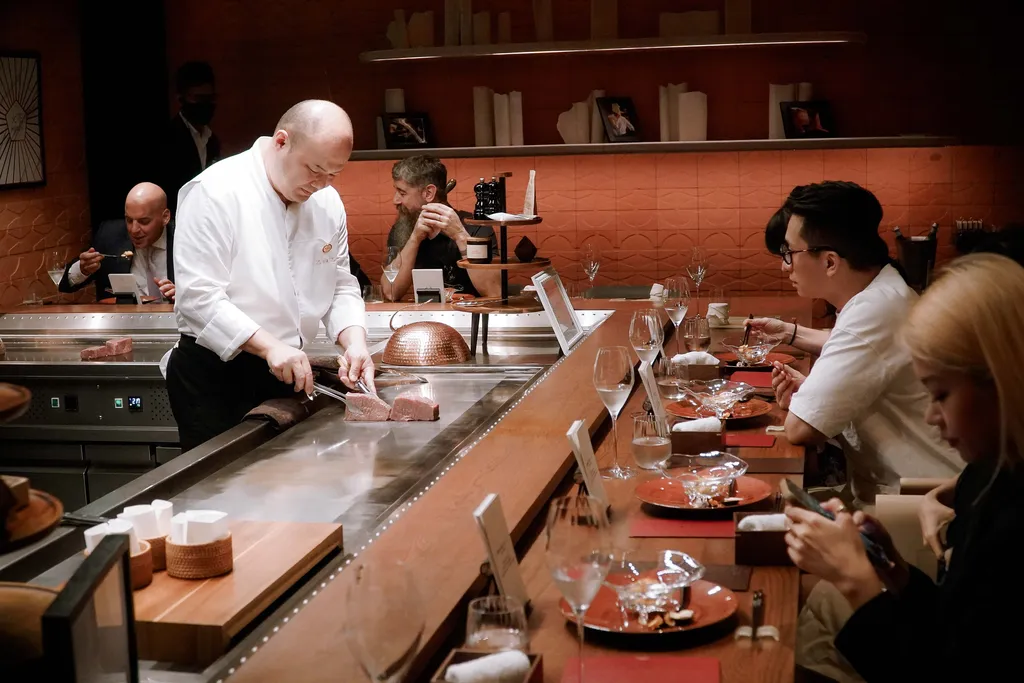 |
| Chef Junichi Yoshida preparing dishes at Koki restaurant |
{ "id": "lwpraZ1qe_", "type": "myToolImages", "data": { "data": "" } }
What made you decide to accept the invitation from Capella Hanoi to introduce Teppanyaki to metropolitan diners?
The narrative is fairly lengthy regarding the opportunity to collaborate with Capella Hanoi. My wife and I formerly worked for several years at the Ritz Carlton Hotel when we were younger. We both admire the culture of this hotel chain, and when I learned that the founder of this hotel chain also co-founded the Capella hotel chain, I always wanted to be able to work there.
It was not until many years later, after opening my own store, that I had the opportunity to connect with Capella. Because of my adoration for Vietnam, I chose Capella Hanoi as the destination on the journey to bring Teppanyaki cuisine out into the world.
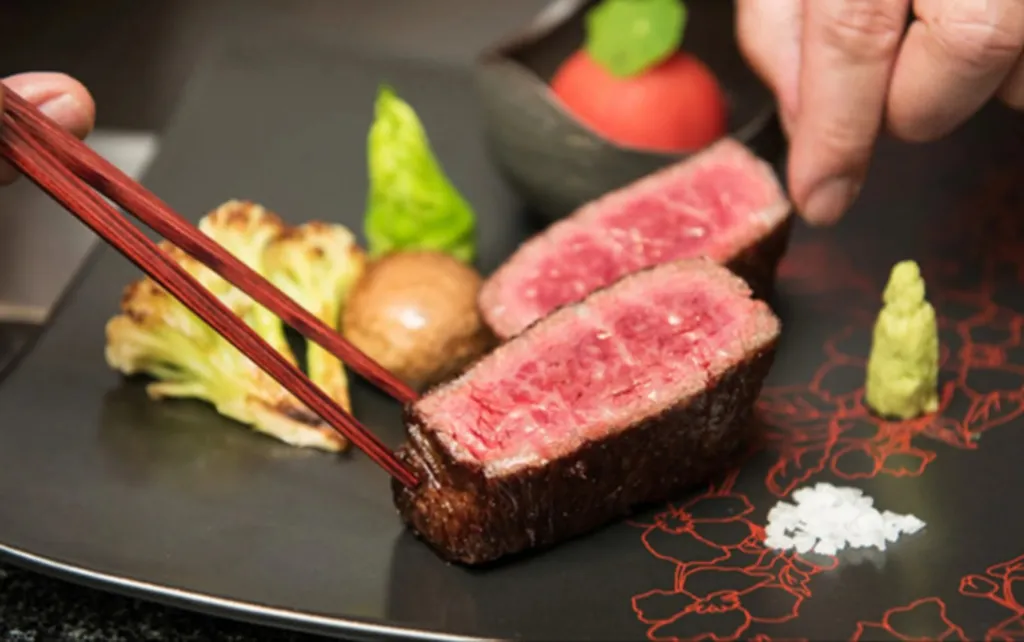 |
| Chef Junichi Yoshida chooses Okinawa meat for Koki restaurant |
{ "id": "ReGOsmKLGI", "type": "myToolImages", "data": { "data": "" } }
What traditional Teppanyaki dishes will you be bringing to Capella Hanoi?
When I visit Hanoi this time, I'll bring my preferred ingredients and dishes, which are also the staples of my eatery, Ishigaki Yoshida.
For the menu served at Koki restaurant, I mainly use natural, seasonal seafood from Japan of the highest quality, organic agricultural products, typical Japanese spices, and especially the type of beef from Okinawa known as Yaeyama Kyori with the raised standards that I requested exclusively for Capella Hanoi.
I am stringent from the beginning of the choice process because I always want to prepare a dish with the most natural taste possible, which comes from the ingredients themselves, without using too many different spices.
I've never been to Hanoi before, but after learning about the city's culinary scene, I have come up with many fresh ideas for meals that I have an aspiration for its realization on my next visit to Hanoi.
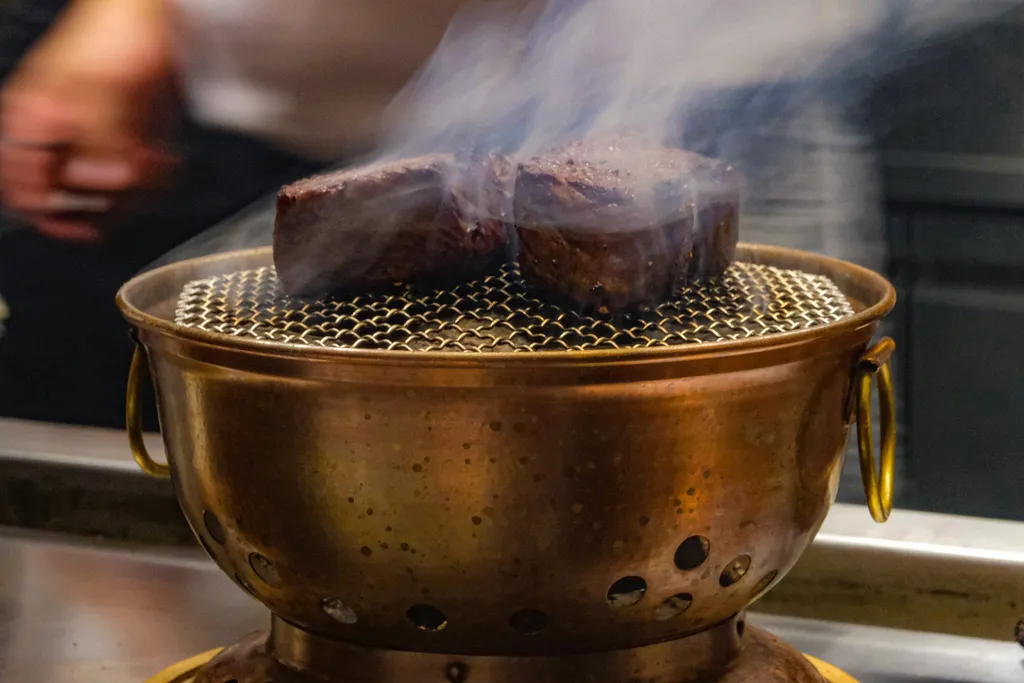 |
| Koki restaurant serves Okinawa beef steak |
{ "id": "3KcBLmTZHq", "type": "myToolImages", "data": { "data": "" } }
Why do you choose Yaeyama Kyori meat from the Yaeyama Islands in Okinawa instead of the renowned Kobe steak from Japan as the restaurant's signature?
My opinion of beef may be slightly different compared to the vast majority. I believe that the quality of the fat in the beef and the balance between lean and fat should be used to evaluate meat rather than how much or how little fat is visible.
Even if Kobe beef is well-known and available everywhere, I don't think that's sufficient. Additionally, I decided on the Yaeyama Kyori beef breed for the following three reasons:
The cow's lineage comes first. Yaeyama cows are carefully chosen for the pedigree to guarantee that both parents are purebred because the breed is responsible for 80 per cent of a cow's wonderful flavour.
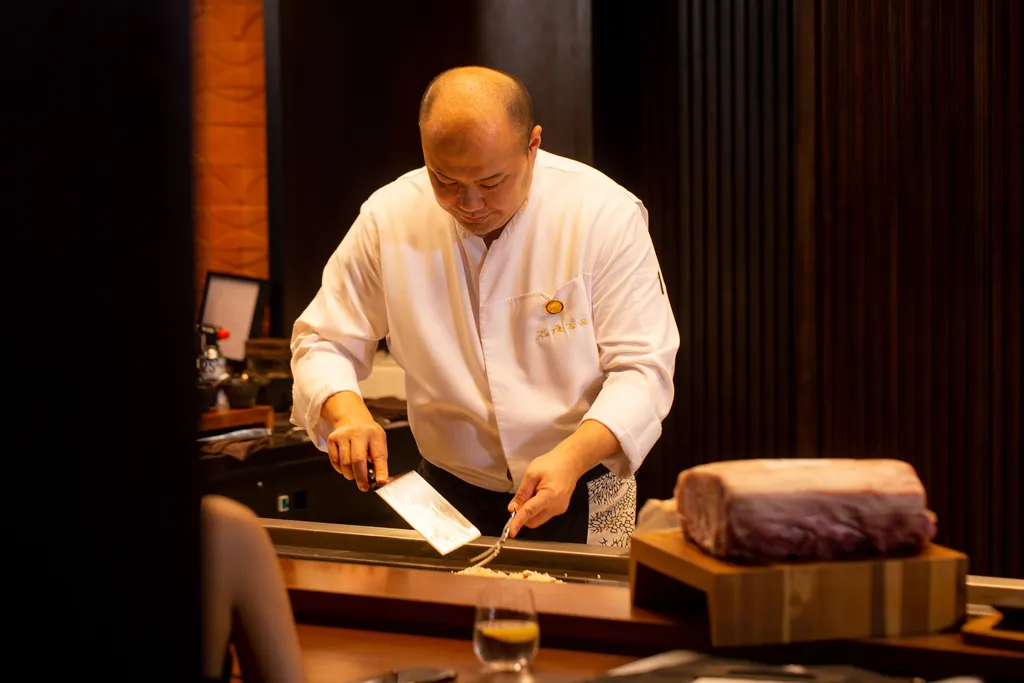 |
| Beef at Koki restaurant is selected according to 3 strict standards |
{ "id": "1W_nWeOsA8", "type": "myToolImages", "data": { "data": "" } }
The second is when the cow is being fattened. 90 per cent of typical Wagyu breeds take an average of 28 months to become fat. Thus individuals will attempt to have the cow reach commercial weight in less than two years.
The Yaeyama Kyori breed is raised for three years (minimum 30 months or more). This indicates that farmers do not force their cows to eat a lot every day since they have ample time to raise the level of amino acids, one of the acids that give meat its umami.
I have long worked with Kitauchi Farm, where this breed is raised, and I am aware of each cow's unique care techniques under Mr Kitauchi, the ranch's owner. He and his team will feed the cows by hand rather than utilizing an automated system. The purposes are not only to converse but also to be aware of each cow's everyday circumstances.
The amount of food will be adjusted for the cow to prevent fatigue. Cows that aren't in good harmony don't stay in the same barn, and he even makes notes about each cow's personality.
Another key to preserving the tenderness and umami of the meat is to avoid overworking them. I worked with Ktauchi Farm and ultimately decided on cows rather than bulls.
{ "id": "uQjZ-VmCgG", "type": "myToolImages", "data": { "data": "" } }
Only 10 per cent of completed beef in Japan are actual cows since they serve the purpose of sustaining the breed. Cows will also taste better than bulls since they contain more amino acids. Of the Koki restaurant at the Capella Hanoi, only beef that meets these exacting standards is allowed.
 |
| Junichi Yoshida anticipates that his partnership with Sun Hospitality Group will be fruitful. |
{ "id": "4AanFtY_ZY", "type": "myToolImages", "data": { "data": "" } }
What do you want to gain from your time working at Capella Hanoi?
Since I haven't been to Hanoi, I have always appreciated Capella's culture because it places the customer at the centre and draws inspiration from them to deliver outstanding service. This is similar to the goal I have always tried to achieve: providing each of its clients with a customised meal.
In addition, I hope to be able to bring Capella Hanoi the finest, most distinctive, and previously unseen Japanese ingredients with all my passion and knowledge. It is unquestionably necessary for Sun Hospitality Group to provide this challenge with their full support to accomplish this.
With the help of Sun Hospitality Group, I expect to be soon able to provide more distinctive culinary experiences as a result of our productive collaboration.